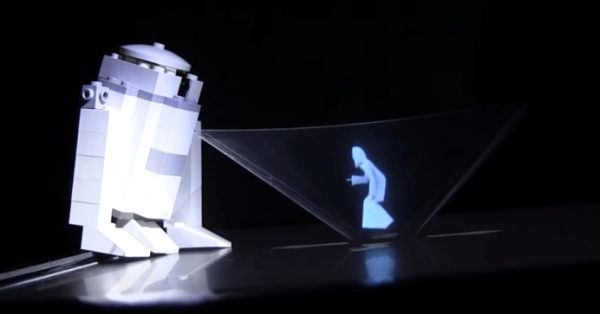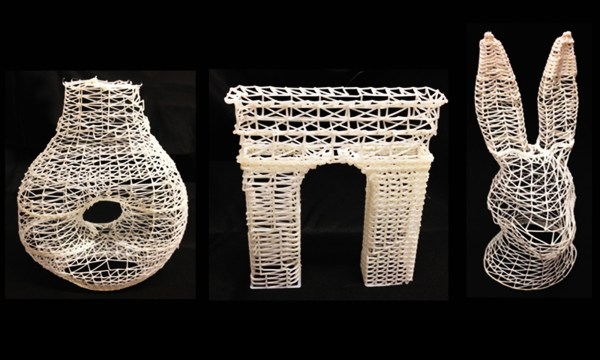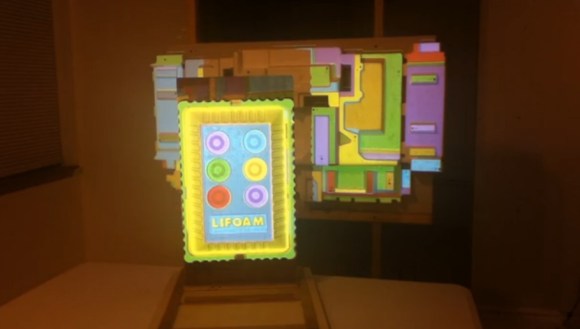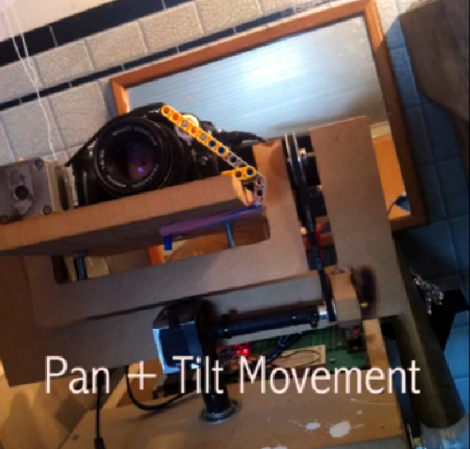We’ve all seen holograms in movies, and occasionally we see various versions of the effect in real life. The idea of having a fully three-dimensional image projected magically into space is appealing, but we haven’t quite mastered it yet. [Steven] hasn’t let that stop him, though. He’s built himself a very simple device to display a sort of hologram.
His display relies on reflections. The core of the unit is a normal flat screen LCD monitor laid on its back. The other component looks like a four-sided pyramid with the top cut off. The pyramid is made from clear plastic transparency sheets, held together with scotch tape. It’s placed on top of the LCD with the narrow end facing down.
[Steven] then used the open source Blender program to design a few 3D animations. Examples include a pterodactyl flying and an approximation of the classic Princess Leia hologram from Star Wars Episode 4. The LCD screen displays the animation from four different angles at once. The images are displayed up and onto the transparency sheet, which then get reflected to your eyes. The result is an image that looks almost as if it’s floating in space if viewed from the proper angle. If you move around the screen you can see the image from all four sides, which helps to sell the effect. Not bad for a few dollars worth of parts. Continue reading “Dead Simple Hologram Effect”

















